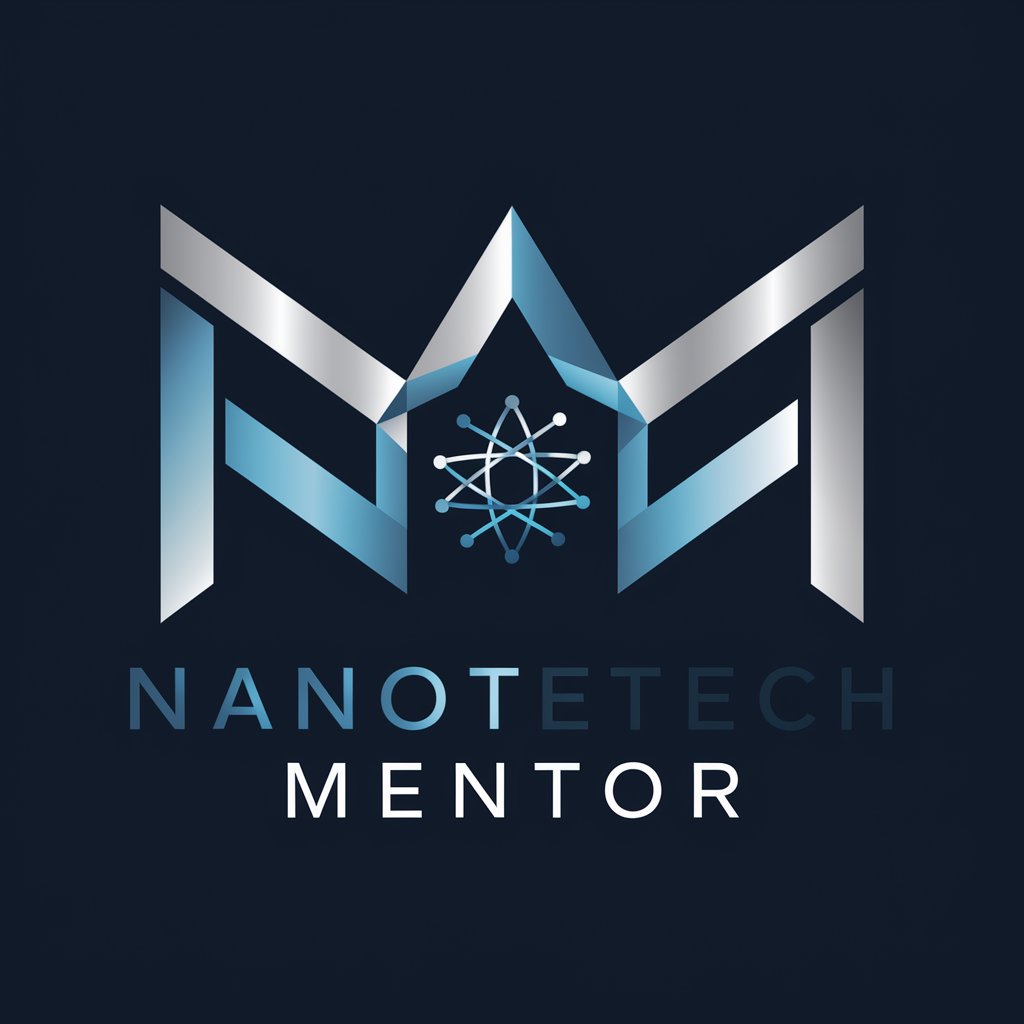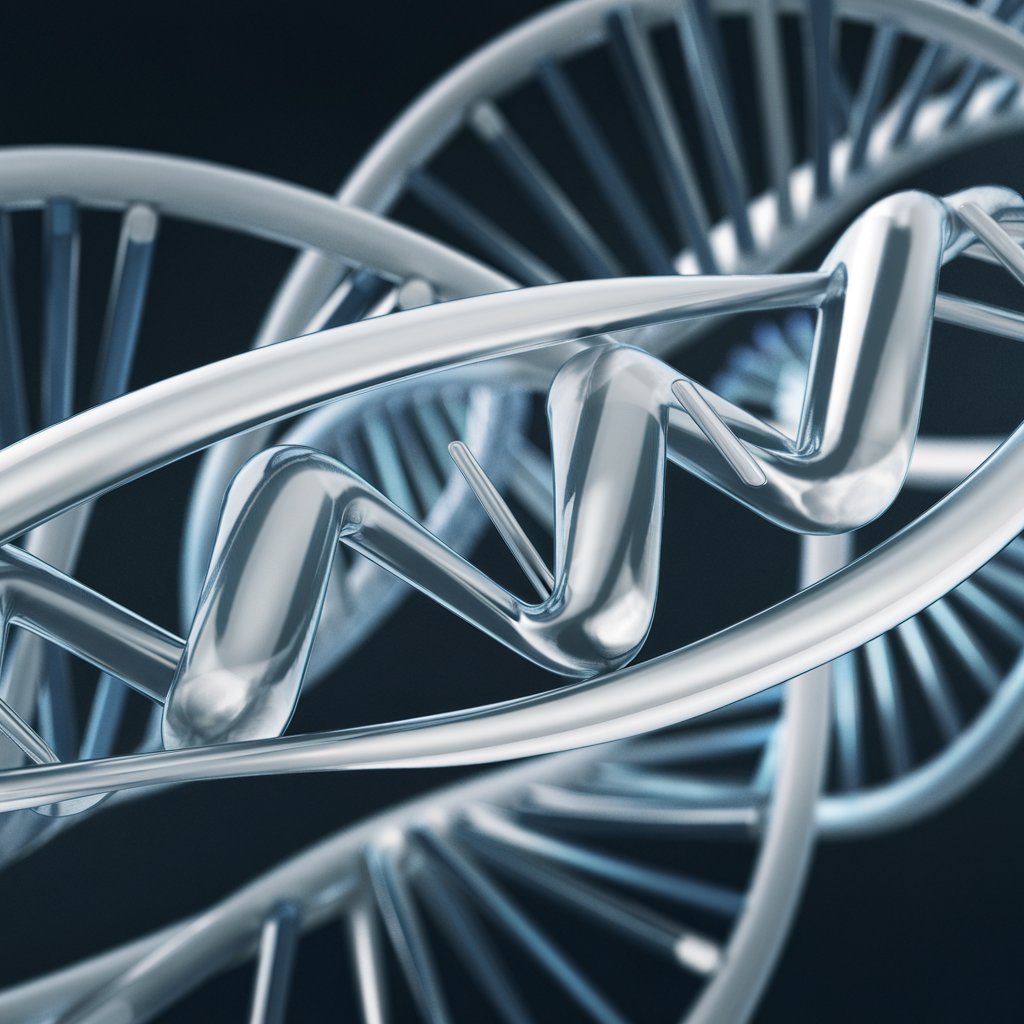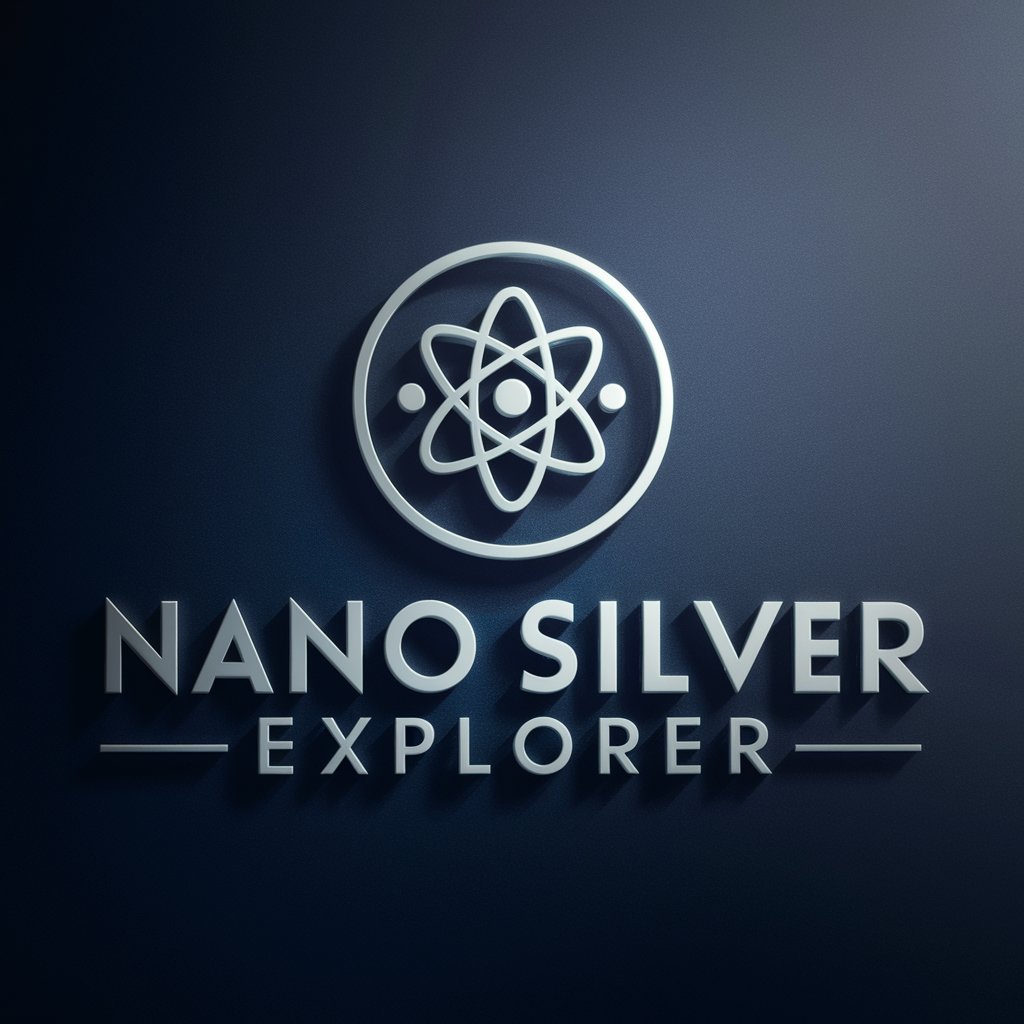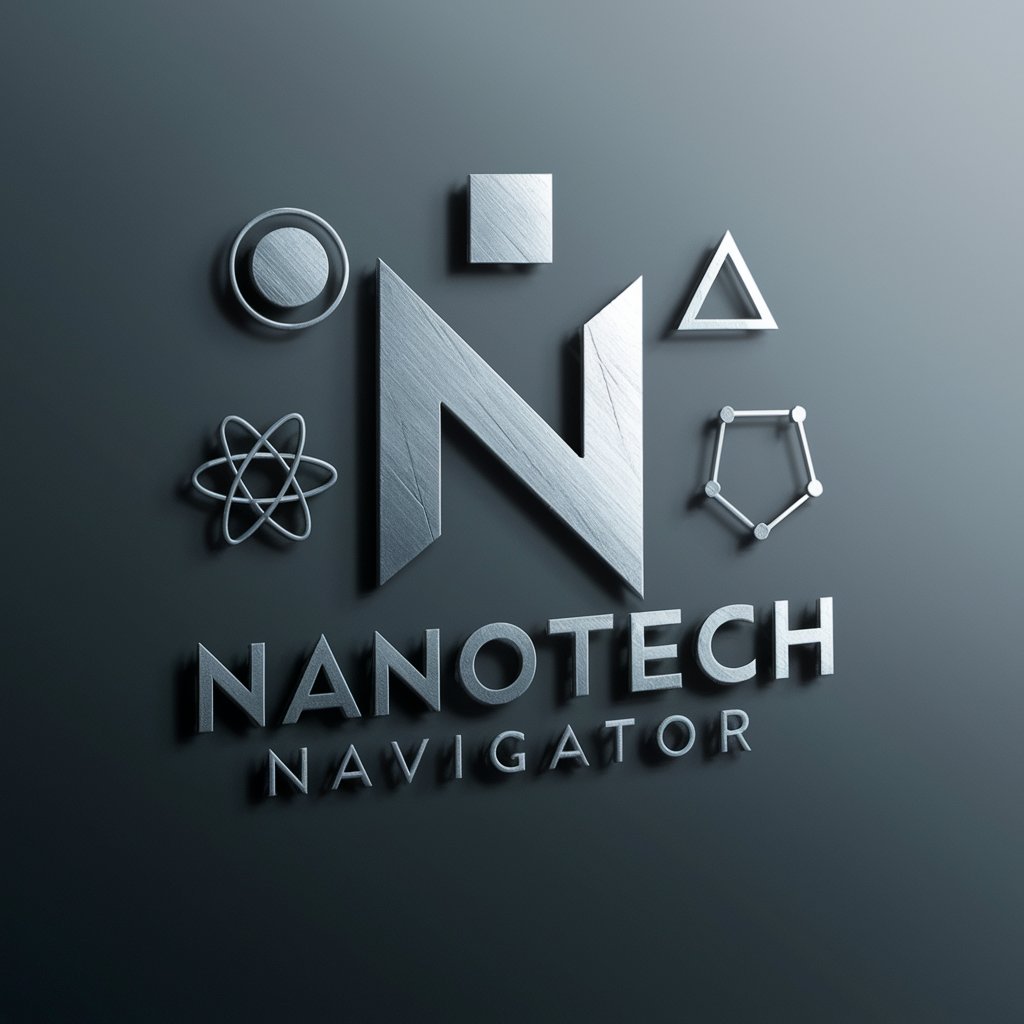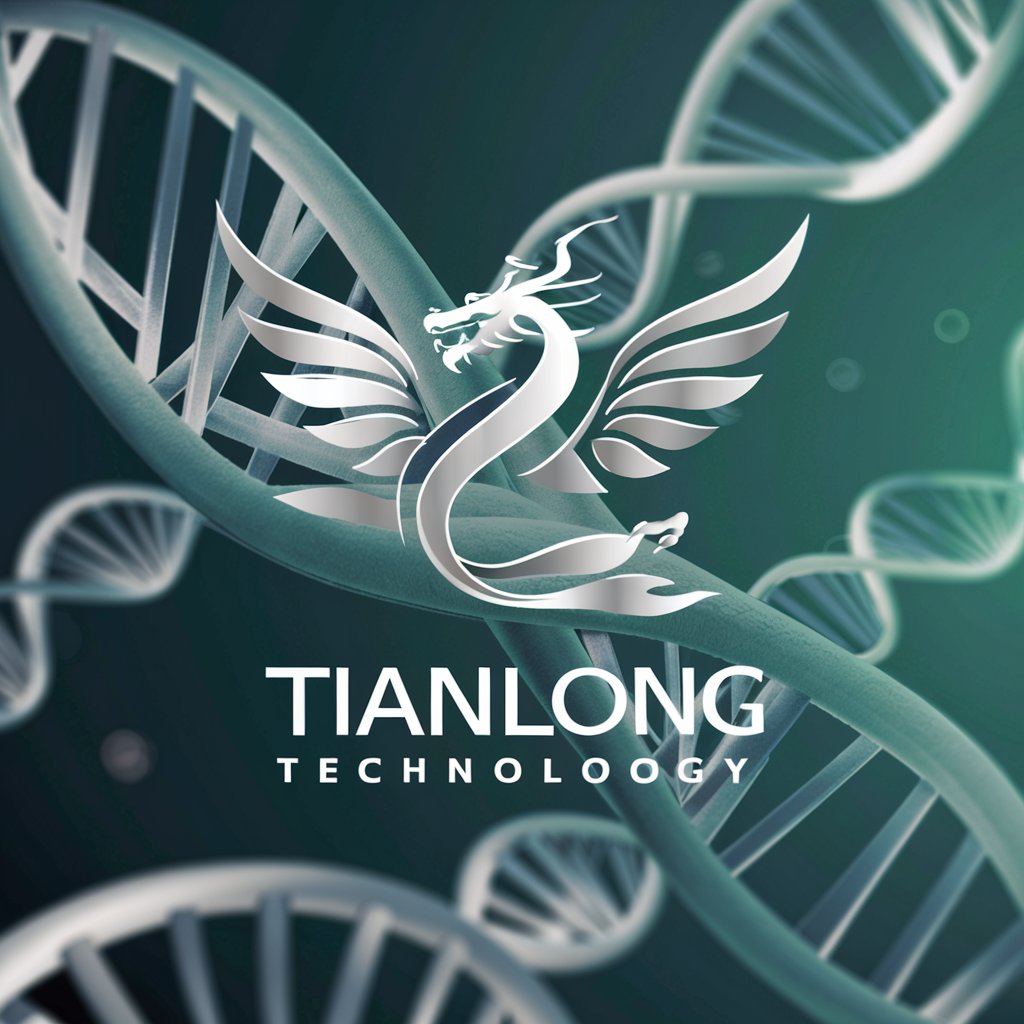
纳米酶研究 - Nanobiocatalysis Research Aid

Hello, I'm here to assist with nanobiocatalysis research papers.
Empowering research with AI-driven insights.
Summarize this nanobiocatalysis paper.
Analyze the algorithms used in this study.
What are the key findings of this research?
Explain the conclusions drawn in this paper.
Get Embed Code
Overview of 纳米酶研究
纳米酶研究 is a specialized AI designed for assisting in reviewing nanobiocatalysis research papers, particularly integrating machine learning techniques with nanobiocatalysis studies. It is tailored to summarize research papers, focusing on the number of studies conducted, the algorithms used, the metrics for evaluating the research, the outcomes achieved, and the conclusions drawn. For example, when presented with a section of a research paper detailing the use of a particular machine learning model in predicting enzyme activity, 纳米酶研究 would analyze and summarize the model's accuracy, the data used, and the impact of the findings on the field of nanobiocatalysis. Powered by ChatGPT-4o。

Core Functions of 纳米酶研究
Research Paper Analysis
Example
Analyzing a study where researchers use convolutional neural networks to model enzyme-substrate interactions in nanobiocatalysts.
Scenario
A researcher submits a paper segment detailing their use of convolutional neural networks for this purpose. 纳米酶研究 would provide a summary focusing on the methodology, performance metrics such as accuracy and specificity, and the conclusions on the effectiveness of these interactions.
Summarization of Research Outcomes
Example
Summarizing results from a series of experiments where different nanomaterials were used to enhance the stability of biocatalysts under industrial conditions.
Scenario
If provided with the experimental results, 纳米酶研究 summarizes the effectiveness of each nanomaterial, comparing stability data and potential scalability in industrial applications, providing a concise overview for researchers or industry professionals.
Technical Detail Extraction
Example
Extracting specific data like reaction rates, enzyme turnover numbers, or kinetic parameters from complex research texts.
Scenario
A user submits a paper discussing kinetic studies of a newly synthesized nanobiocatalyst. 纳米酶研究 would identify and summarize key kinetic parameters and their implications for catalytic efficiency and potential commercial use.
Target User Groups for 纳米酶研究
Academic Researchers
Researchers in fields like biochemistry, materials science, and chemical engineering, who are involved in the synthesis, characterization, and application of nanobiocatalysts. They benefit from 纳米酶研究 by getting detailed summaries of relevant research, helping them to quickly assimilate new findings and apply this knowledge to their work.
Industrial R&D Professionals
Professionals in industries such as pharmaceuticals, biotechnology, and environmental services. These users benefit from the ability to quickly access distilled research insights, particularly those relating to the practical application and scalability of nanobiocatalytic technologies.
Educational Institutions
Lecturers and educators who require up-to-date information on the latest advancements in nanobiocatalysis to inform their teaching and research guidance. 纳米酶研究 provides them with accessible summaries of complex research papers, enhancing their ability to transfer knowledge efficiently to students.

How to Use 纳米酶研究
1
Visit yeschat.ai for a free trial without login, also no need for ChatGPT Plus.
2
Provide research papers or sections related to nanobiocatalysis to analyze specific parts of the content.
3
Specify the aspects of the research you need analyzed, such as algorithms used, metrics, or outcomes.
4
Review the summary provided, which includes key findings and statistical analysis from the research.
5
Utilize the insights for further research development or educational purposes, enhancing your understanding of nanobiocatalysis applications.
Try other advanced and practical GPTs
脊索瘤研究
Empowering Chordoma Research with AI

研究规划师
Empowering Research with AI

Don't Lie AI
Spot misinformation instantly with AI.

Truth And Lie Decoder
Unveil Truths with AI-Powered Analysis

GIVE ME INVENTORY
Decipher SQL code with AI-powered precision.

Small Businesses Who Give Back
Connecting community-conscious consumers

SEO 研究マン
Optimize content, Boost rankings

研究生助手
Empowering Graduate Success with AI

肝病研究
Advanced AI for Liver Disease Research
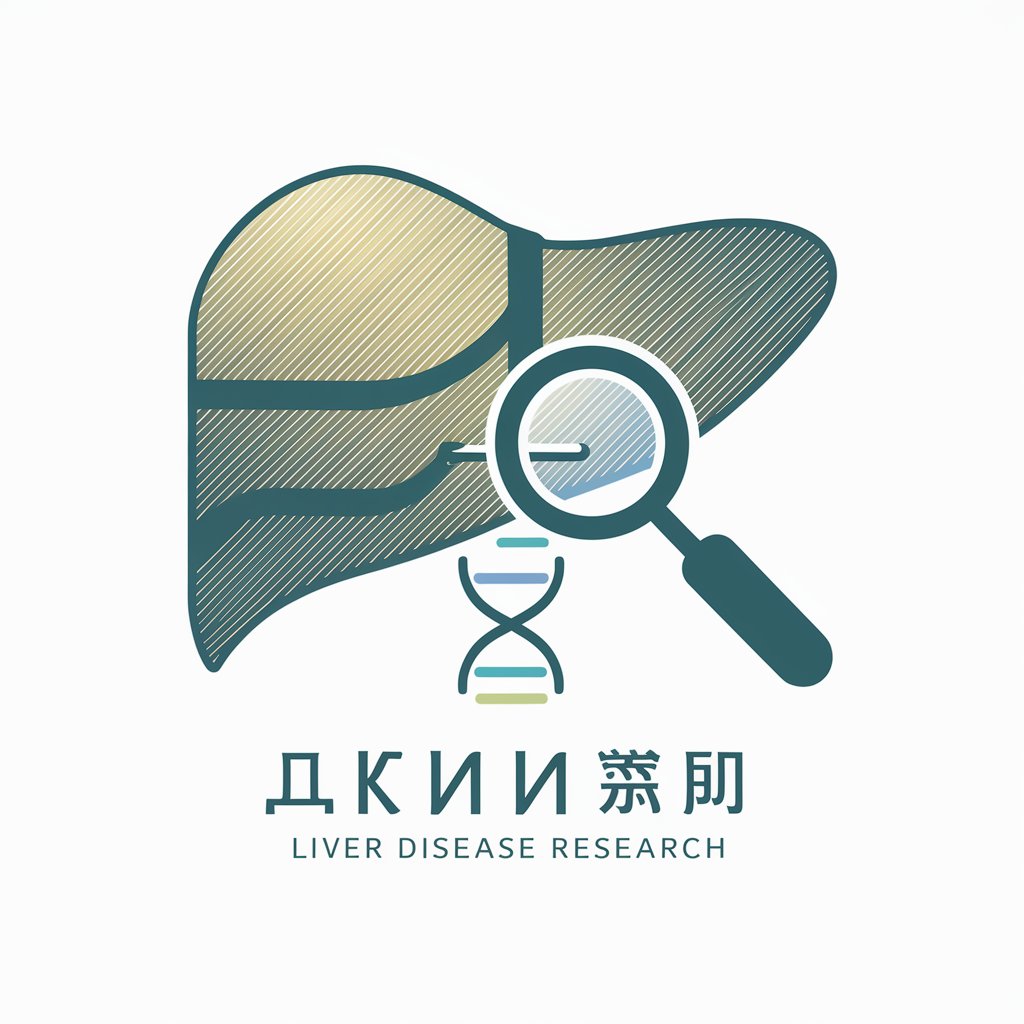
ロゴデザイン研究所
Designing Success with AI

Bid and Scope Comparator
AI-powered bid comparison tool

When?
Unveil Time with AI Power

Frequently Asked Questions about 纳米酶研究
What is the primary function of 纳米酶研究?
The primary function is to assist in reviewing and analyzing nanobiocatalysis research papers, focusing on the application of machine learning to this field.
Can 纳米酶研究 help with writing research papers?
Yes, it can help by providing summaries and analyses of existing research, which can inform and enhance the writing of new research papers.
Does 纳米酶研究 require any specific software or hardware to use?
No specific software or hardware is required beyond a basic web browser to access and use the tool effectively.
How does 纳米酶研究 integrate machine learning in its analysis?
It uses machine learning algorithms to analyze research papers, identifying patterns and extracting relevant information to provide comprehensive summaries.
Is there a limit to the number of research papers 纳米酶研究 can analyze at one time?
While there is no strict limit, optimal performance is ensured by focusing on one research paper or section at a time to maintain accuracy and detail in analysis.
